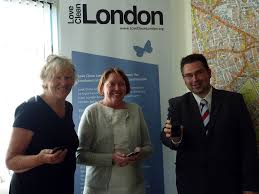The media are reporting that the old Council offices in St Leonards Place may be restored for use as residential accommodation.
Ironically, if true, that would mean that the preferred use identified when the buildings were sold in 2007 would be implemented.
In the interim, there have been several options considered for the buildings but the impact of the recession prevented any progress.
For a time it seemed that a shared residential and hotel use would be the likely way forward but in 2012 the new Labour Council welcomed plans for what was described as a “prestige hotel”.
Labour Councillors were effusive in the Press when acclaiming the plan.
As we commented at the time, proposals to move the bus stops from outside the hotel seemed to be less than well thought through.
But the original idea to reintroduce residential accommodation into the area was right. The York Conservation Trust were one of the bidders for the property but lost out when the tenders were opened. They had ambitious – but costly – plans to restore the properties.
The Council did well to sell the buildings at the peak of the pre recession property boom. The receipt helped to fund the move to a consolidated HQ in vacant buildings at West Offices.
The provision of residential accommodation in the Listed St Leonards Place buildings would be a bonus for the City.
There is a serious question to be answered about the change.
There are several sites earmarked for hotel developments in the City. Already a site on Holgate Road has been abandoned while the former Haymarket car park – sold off partly for hotel use at the low point in the recession by a less than erudite Council Leadership – is also stalled.
The Council needs to be realistic and focus its support on those hotel sites which are both commercially viable and which can contribute sustainable jobs to the local economy.
In that respect the key site must be that next to the Barbican which could help to sustain the important conference trade in the City.


